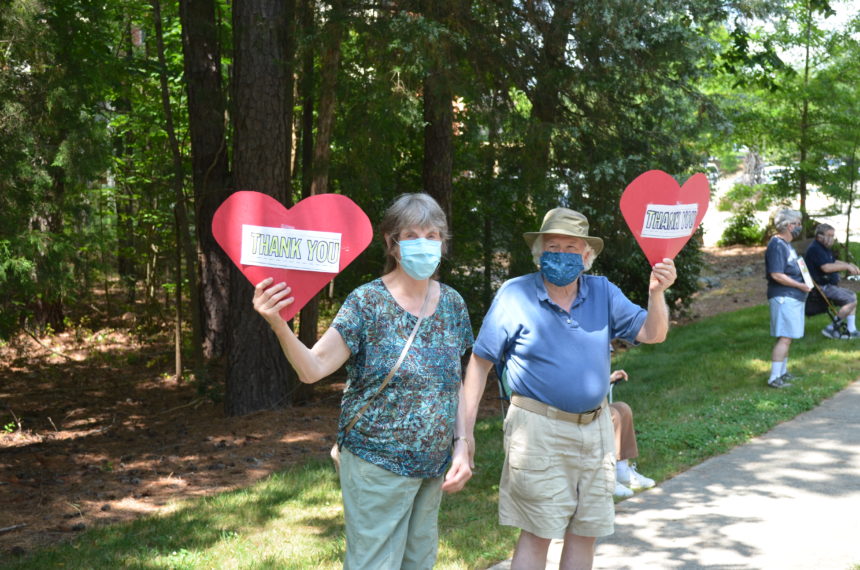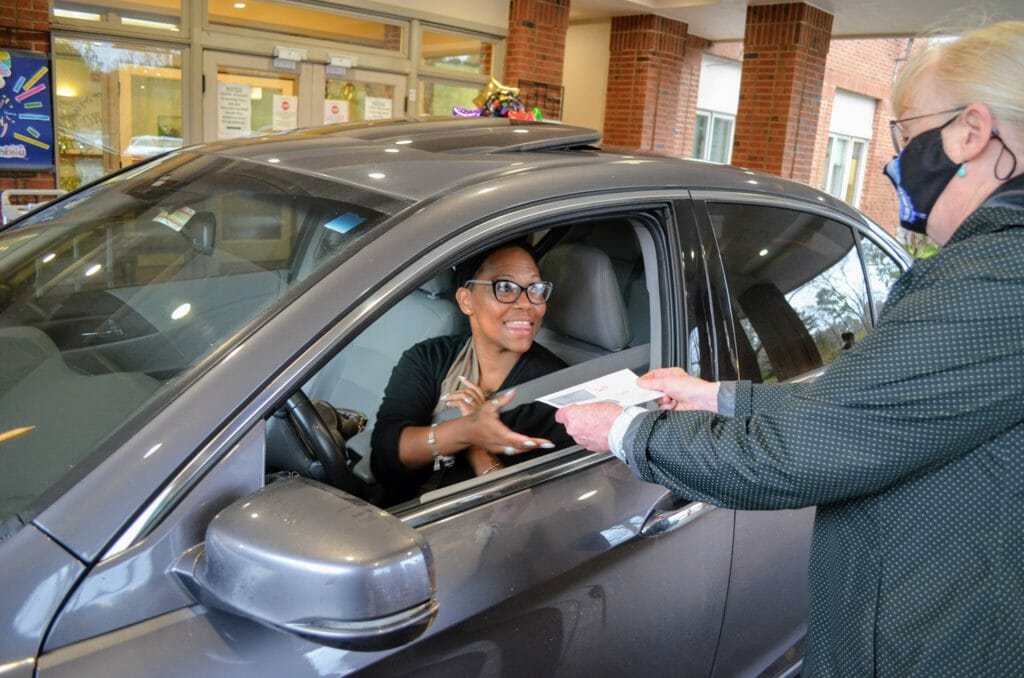
After battling COVID-19 on the front lines for almost a year, senior living employees are at a breaking point — even more so than workers in home health agencies, hospitals or retail settings, according to new data from Activated Insights.
Vaccinations are moving forward, and the proverbial light is at the end of the tunnel, but burnout levels among staff members in the industry have soared over the past year, particularly in the first two months of 2021.
It’s been a “rough year in a very difficult environment,” Andrea Griesmar, senior vice president of operations for Baltimore-based Brightview Senior Living, told McKnight’s Senior Living.
“We are seeing real signs of fatigue, and the sustainability of this is really difficult,” she said.
Activated Insights analyzed Great Place to Work survey results from more than 330,000 senior living and care employees over the past two years. Those data, compiled in a report by Activated Insights CEO Jacquelyn Kung, DrPH, and Chief of Staff Laura Ewing, and Ed Frauenheim from A Great Place to Work, point to a “burnout crisis” in senior living that threatens employee well-being as well as attrition rates, care and service quality, and reputation.
In the first two months of 2020, reported burnout at independent living, assisted living and memory care communities was 17%. That figure climbed to 27% in the first two months of 2021, however.
Among skilled nursing staff, burnout a year ago was lower than in senior living, at 13%, but it grew to 36% in early 2021.
The burnout level among home care and home health workers, by contrast, now is lower compared with pre-COVID levels, with both levels under 20%.
At the long-term care corporate level, burnout levels have remained steady, although there was a slight uptick in the early part of 2021, most likely driven by priorities around driving sales, according to Activated Insights.
By comparison, data for direct care workers in hospitals, hotels and retail settings revealed that workplace burnout was much lower, at less than 10% both before and during the pandemic.
What worked
Burnout comes from “not being heard, not having information, not feeling valued, not having any joy,” Pat Sprigg, president and CEO of Chapel Hill, NC-based continuing care retirement community Carol Woods, told McKnight’s Senior Living.
Sprigg said she found that what makes for a strong community during good times is also what sustains it during a crisis. Her philosophy, she said, is, “if you’re not a great place to work, you’re not going to be a great place to live.”
“As staff take care of residents, we take care of them,” Sprigg said. “That’s what sustained us through the pandemic.”

The CCRC “kicked into high gear” early last year when news about the pandemic started growing, Sprigg said. Carol Woods communicated important information to staff members via text messaging, asked about their families during employee screenings at shift changes, opened an on-site grocery store, offered free lunches and set up a chalkboard to give employees an outlet to share their feelings about the pandemic Residents also raised $100,000 for an employee hardship fund to assist workers with utility and rent payments.
Although Carol Woods closed dining rooms and shut down group activities, no one was laid off, Sprigg said. Instead, the community tapped housekeepers, maintenance staff and groundskeepers to spend one-on-one time with residents and stand in for families, who were prevented from visiting their loved ones.
“That has been such an incredible ‘aha’ for us,” Sprigg said, adding that employees who never had much interaction with residents before said it has been the “brightest spot” of their days during the pandemic.
Brightview, Griesmar said, took an “intentional and thoughtful approach” to recognizing that burnout spills over into general well-being, and the company created a comprehensive roadmap to mental well-being.
As a company conscious of wellness as a business strategy — Brightview employs a full-time wellness manager focused solely on its employees — the senior living provider developed a campaign to give its employees the opportunity to work through the burnout factor.
“Our message is, ‘It’s OK not to be OK,’ ” Griesmar said.
The campaign, she added, gives employees “permission” to feel frustrated, fatigued and burned out. It also creates opportunities for staff members to talk about those feelings in a safe space, provides on-site counselors, and includes wellness initiatives tied to better sleep, mental well-being, exercise and other topics.
“It’s incredibly cathartic in allowing people to share, ‘This is hard.’ — seeing people sick is hard, living with restrictions is hard, reminding residents to put on masks and telling them you can’t do this or that is hard,” Griesmar said.
Brightview also intentionally did not introduce new initiatives in the calendar year, she said. The business plan for 2021 is “skinny” compared with those of prior years, allowing the focus to be on recovery from COVID — both for the business and for the individuals.
What’s next?
Sprigg said she is seeing a lot of so-called COVID fatigue.
“People are sick of this. They want their life back, they want to travel, they want to take the mask off,” she said, adding that with Carol Woods’ resident vaccination rate close to 100% and a staff vaccination rate of 80%, she now focuses on vigilance.
“For me, this whole pandemic has been, ‘What can we do to prevent?’ rather than, ‘What can we do to react?’ ” Sprigg said.
Griesmar said it’s discouraging that communities still can’t get back to a somewhat pre-pandemic environment, albeit with masking and social distancing in place. But there is “almost a palpable new energy and optimism in the communities” through the vaccine clinics, she said.
With senior living and care employees “at their wits’ end as the grueling pandemic continues,” Activated Insights offers three steps the industry can take to improve employee well-being and prevent harm to their businesses:
- Listen to employees: Industry leaders first must acknowledge that burnout is real, then invite employees to share their stories. Create safe spaces for employees to share their experiences and offer counseling services.
- Educate staff about self-care: Meditation, mindfulness, berating techniques, sleep, exercise, a healthy diet and proper hydration are proven strategies for reducing stress and increasing resilience.
- Offer resources and reforms: It’s no secret long-term care suffers a staffing shortage problem. Now is the time to make the effort to increase staff counts. At the same time, arm management staff with the skills to support their staff through a servant leadership model.
“The senior living industry can recover from the body blow of COVID. We even have an opportunity to heal our broader society along the way,” Kung said. “But a brighter future depends on how well we care for the men and women in the trenches.”




